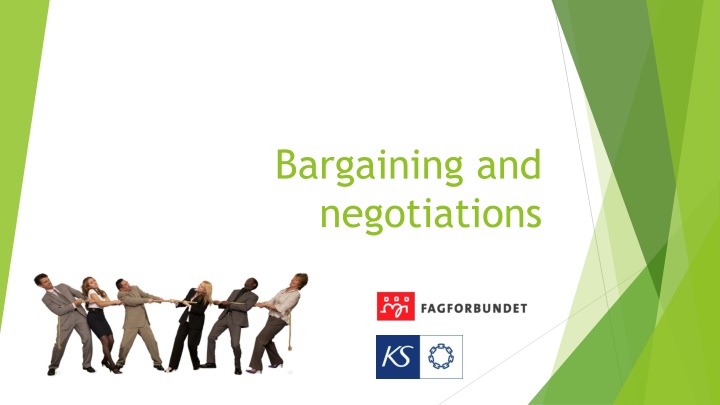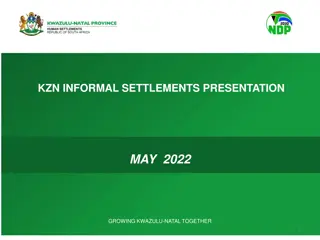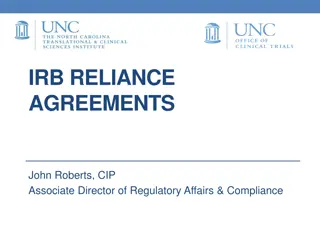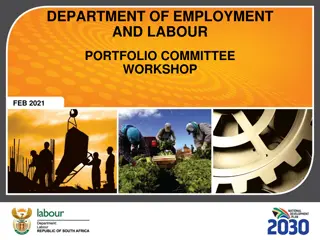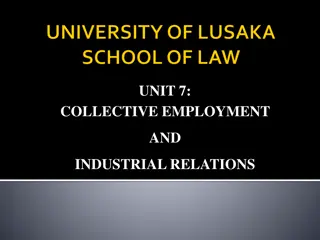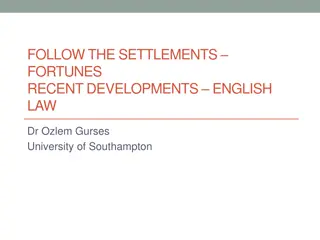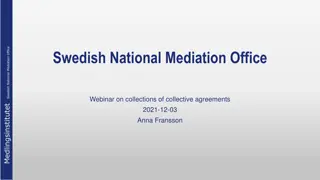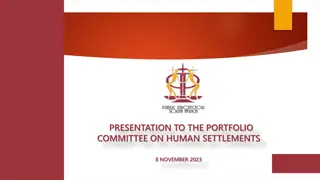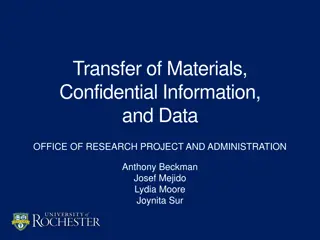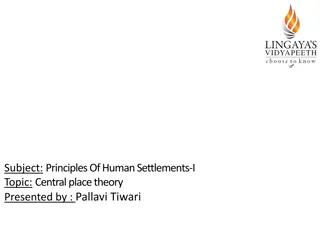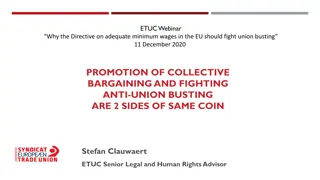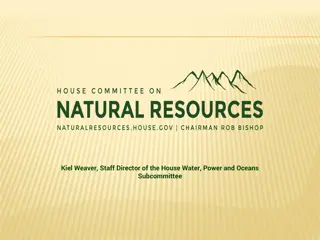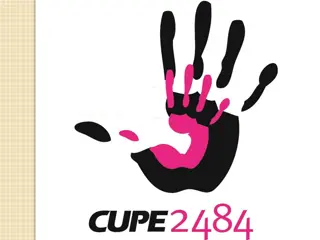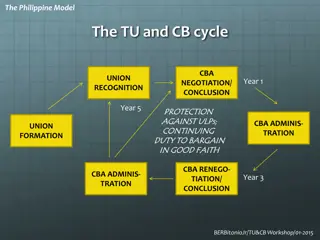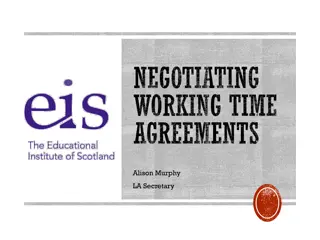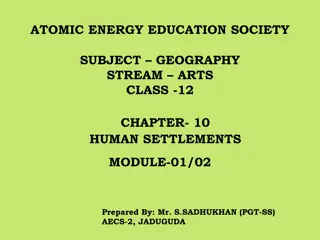Collective Agreements and Union Settlements Process
Collective agreements play a significant role in determining pay and working conditions in workplaces. Trade unions negotiate national collective agreements with employers to secure better terms for employees. The process involves bargaining, principal settlements, and organized democracy within the union, leading to improved conditions as provisions are up for consideration every two years. The national board finalizes requirements, and shop stewards ensure representation at all levels.
Download Presentation

Please find below an Image/Link to download the presentation.
The content on the website is provided AS IS for your information and personal use only. It may not be sold, licensed, or shared on other websites without obtaining consent from the author.If you encounter any issues during the download, it is possible that the publisher has removed the file from their server.
You are allowed to download the files provided on this website for personal or commercial use, subject to the condition that they are used lawfully. All files are the property of their respective owners.
The content on the website is provided AS IS for your information and personal use only. It may not be sold, licensed, or shared on other websites without obtaining consent from the author.
E N D
Presentation Transcript
Bargaining and negotiations
Collective Agreements Trade unions have great influence The trade union confederations enter into national collective agreements with the employers An agreement between an employer s confederation or association and a trade union confederation concerning pay and working conditions Pay and working conditions are usually better in workplaces that have collective agreements
Principal settlement In a principal settlement, the collective agreements are revised Validity period for two years All the provisions of the collective agreement are up for consideration Wages, working hours, shift payments, entitlement to leave of absence, welfare allowances, etc Obligation of peace between settlements
How are the settlements made in the union? Ten months in advance, a debate booklet is sent out to all members by the local unions. Through local member meetings, the collective agreement policy is discussed Members may make alternative proposals The summary forms a basis of parts of the debate at the regional collective agreement conference The priorities and summaries are sent to the national board
National board in the union The requirements are finally formulated and adopted by the national board The Fagforbundet is the biggest union of the Norwegian Confederation, LO In the municipal sector, the requirements are coordinated with the other unions in the confederation with members in the municipal sector (LO Kommune) The requirements will then be handed over to our central employer counterparts
The shop stewards All the shop stewards, from the local work place all the way to the President of the union, are elected by the members According to the Basic Agreement, everyone elected as a full-time representative has the right to full-time leave as long as they are elected
Organised democracy The final demands are a result of a long, democratic process in which many have expressed their opinions and helped to formulate requirements
Negotiations between the parties Union representatives and employers' representatives meet to negotiate. This can last for several weeks. The annual wage-adjustments can be a combination of central and local negotiations. Central decision about the economic split between central and local economic framework. Central bargaining/control with what influences on macroeconomic aspects. The rest negotiated locally. Income-policy cooperation see the whole picture. Agreement between social partners on the statistical and economic basis and framework: The Technical Calculation Committee for Wage Settlements
Mediation and disputes The Labour Disputes Act (1915) is the legal basis for mediation: Special court for legal disputes, Labour Court Mandatory mediation before strikes/lock-outs Obligation of industrial peace during period of validity of collective agreement National Mediator appointed by government Local wage bargaining break-downs are solved by arbitration In the event of a conflict, there are strict rules for how both parties should act in the Basic Agreement Mats Wilhelm Ruland, Riksmekler/National Mediator
Between the main settlements, we have intermediate settlements where we usually only negotiate financial supplements.
